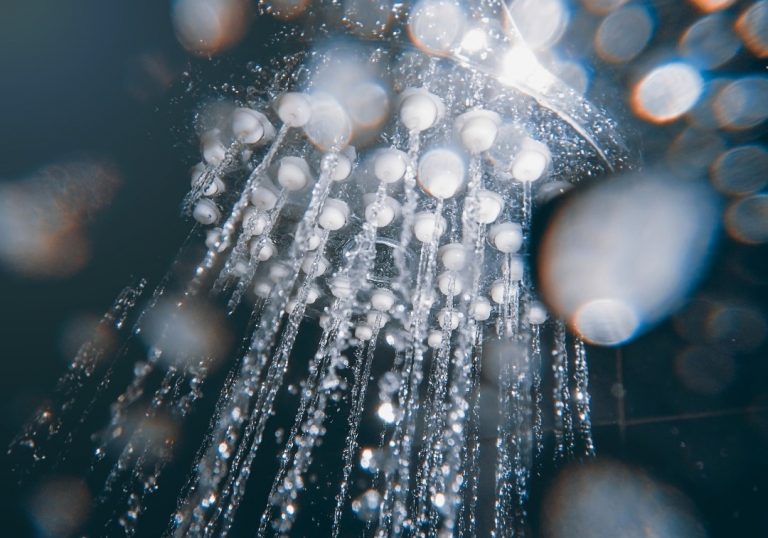Eco-friendly bathroom systems help lower your water use, reduce energy costs, and make daily habits more efficient. If you’re planning a renovation or building new, it’s worth looking at how your choices affect long-term usage.
Low-Flow Fixtures
Start with your toilet, showerhead, and faucets. Low-flow toilets use less than half the water of older models. Dual-flush toilets give you control over how much water you use. For showers and sinks, low-flow options cut waste without affecting water pressure. These are easy upgrades with quick payback.
Water-Efficient Layout
Plumbing lines that run long distances between your hot water tank and faucets waste energy. The farther hot water has to travel, the more heat you lose. When possible, keep your bathroom near the water heater or add a tankless unit closer to the bathroom. This reduces heat loss and wait time.
Energy-Saving Ventilation and Lighting
Exhaust fans and lighting stay on longer than you think. Look for high-efficiency, low-watt fans with humidity sensors. For lights, go with LED fixtures. They last longer and use less power. Add motion sensors or timers so you don’t leave anything running longer than needed.
Materials That Last
Eco-friendly isn’t just about water and energy. Choose durable, low-maintenance surfaces. That means fewer repairs, fewer replacements, and less waste over time. Look for recycled or low-emission materials if available.
Your bathroom doesn’t need to be fancy to be efficient. Smart systems that save water and power are better for your utility bills and for the environment. Focus on the core features, and build from there.


